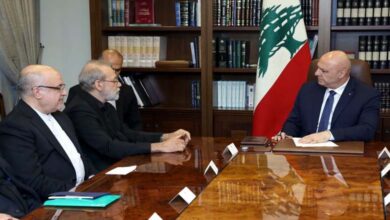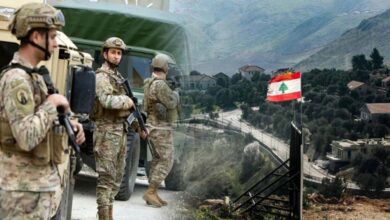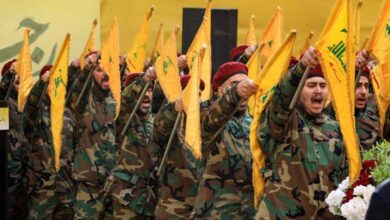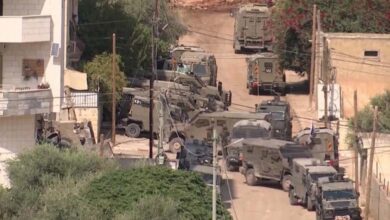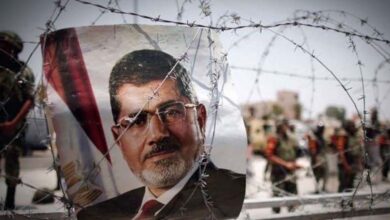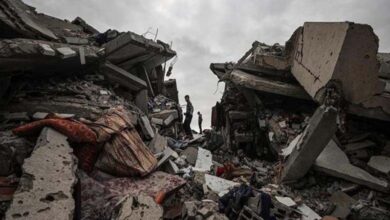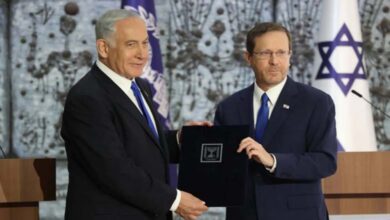The Reason behind Netanyahu’s Refusal to Allow the Entry of ‘Caravans’ and Heavy Equipment into Gaza
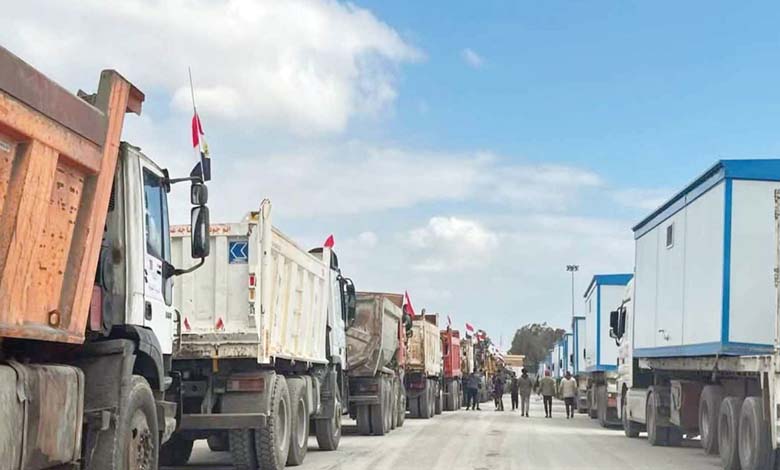
After denying the understandings announced by mediation sources regarding the entry of mobile homes (caravans) and heavy equipment into the Gaza Strip, Benjamin Netanyahu reaffirmed his rejection of this measure during a security consultation last night without disclosing the reason. However, Israeli media revealed the secret behind his refusal.
Images circulated by news agencies showed rows of these equipment and caravans outside the gates of the Rafah border crossing on the Egyptian side.
-
Who Are the Four Hostages That Hamas and Islamic Jihad Will Release on Saturday?
-
Gaza and Trump’s Ambitions… A “Fragile” Truce Struggling to Hold
The Reason for Netanyahu’s Refusal
Israel’s Public Broadcasting Corporation (Kan) revealed that Prime Minister Benjamin Netanyahu did not grant approval for the entry of caravans and heavy equipment into the Gaza Strip during last night’s security consultations.
A political official told the newspaper: “Following security consultations chaired by the Prime Minister, it was decided to discuss the issue of the caravans in the coming days. Israel is fully coordinating with the United States.”
The newspaper quoted Israel’s Channel 12, which explained the reason behind Netanyahu’s refusal: “He wants Israeli negotiators to argue with Qatari and Egyptian mediators, with U.S. support, that it is also in Hamas’s interest to extend the first phase, as this would ensure the current phase of the ceasefire agreement lasts longer.”
-
Revealing the Fate of the Oldest Israeli Hostage Held by Hamas
-
Gaza War and October 7 Attack: Gallant Reveals New Secrets
According to the newspaper, Netanyahu aims to extend the current first phase of the deal beyond the 42-day period, which is set to end on March 1, and to secure the release of more hostages as part of the first phase, including those whom Israel now knows to be in poor health.
It was also reported that Netanyahu refused to allow Israeli negotiators to enter discussions on the second phase of the agreement, which would involve the release of the remaining hostages in exchange for a permanent end to the war.
According to reports, the ceasefire and prisoner release agreement explicitly allows for the entry of supplies and equipment into Gaza to establish at least 60,000 temporary housing units. However, the full details of the agreement have not been disclosed.
-
10 Countries and 2 Regions: The “Alternative Homelands” Proposed by Trump and Israel for Gaza Residents
-
The Second Phase of the Gaza Agreement… Hamas Announces the Start of Negotiations
Last week, Hamas protested Israel’s ban on these entries, stating that discussions aimed at restoring the ceasefire agreement and hostage release included negotiations on several specific provisions, including housing and equipment. Yesterday, Hamas released three hostages.
Denial of Previous Understandings
A statement from Netanyahu’s office claimed that “reports about such understandings are false news.”
This statement contradicts reports from Egypt and Hamas, which stated that an understanding had been reached to allow the entry of equipment and mobile homes.
-
Gaza… The Besieged Treasure
-
After 8 Months of Closure… Here’s the Date for the Reopening of the Rafah Crossing between Egypt and Gaza
Last week, Egyptian media revealed that efforts by Cairo and Doha had successfully overcome the obstacles that had been hindering the full implementation of the ceasefire in the Gaza Strip.
The Al-Qahera News channel quoted a well-informed official saying, “The joint efforts of Egypt and Qatar have successfully removed the obstacles that were preventing the full implementation of the ceasefire and ensured both parties’ commitment to upholding the truce.”


